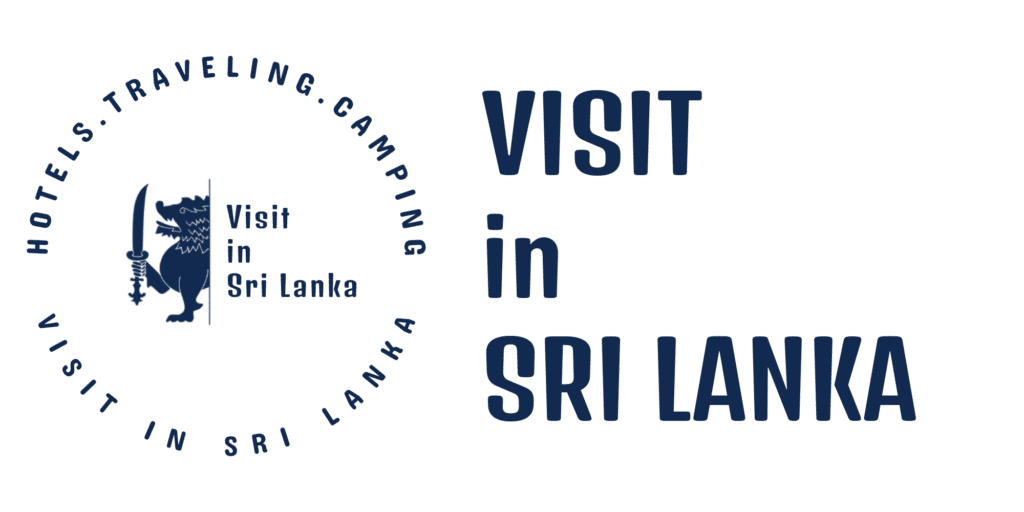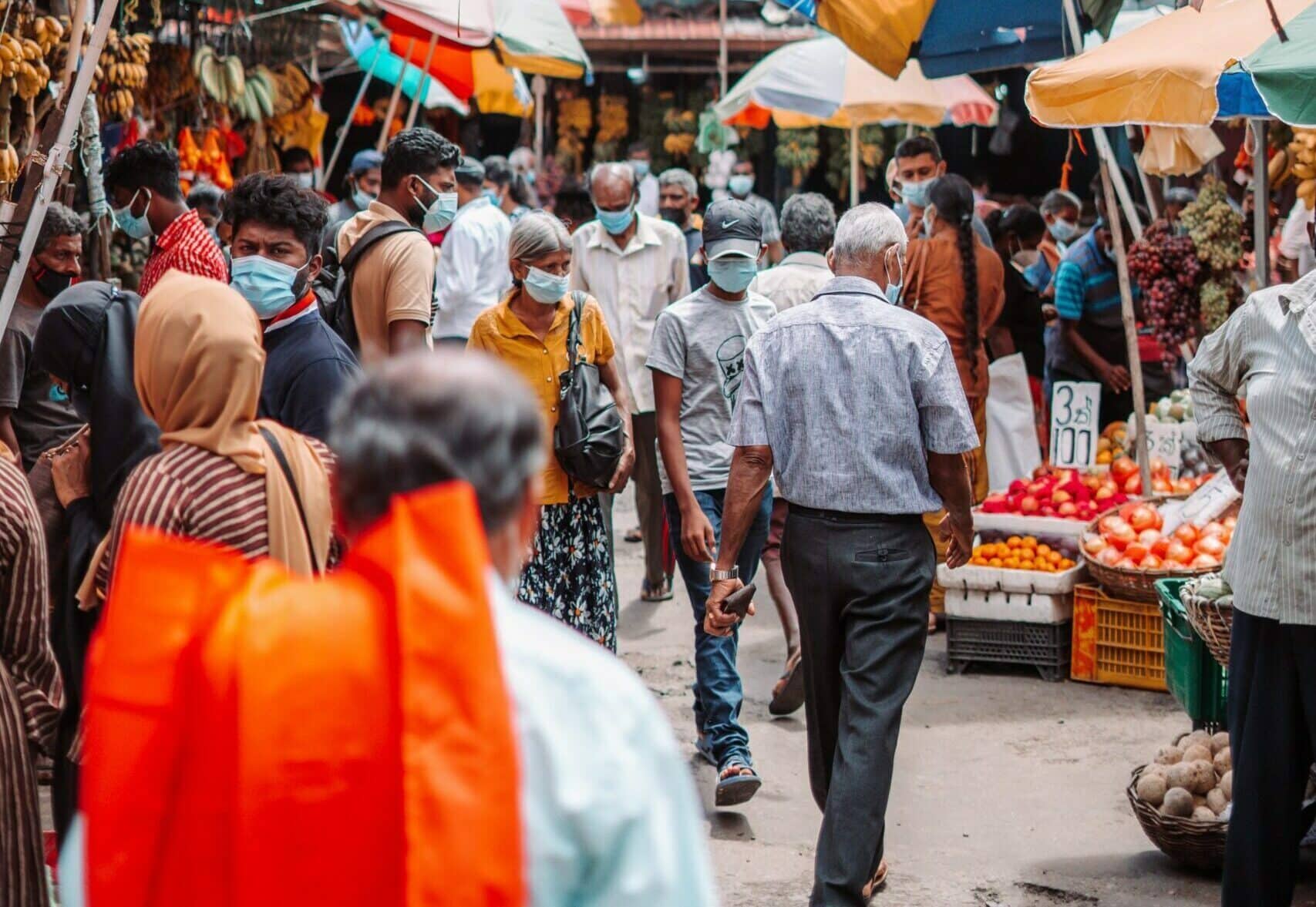The Democratic Socialist Republic of Sri Lanka, formerly called as ‘Ceylon’, which is an island located in the Indian Ocean but separated from peninsular India by the Palk Strait.
The island itself spreads to a maximum length of 432 kilometers and a maximum width of 224 kilometers. The great history along with the remarkable civilization of Sri Lankan’s traces back to the 6th century BC. Enrichment of civilization was always backed up with traditional, cultural, religious and other custom based etiquette’s.
The main religions followed by the Sri Lankan’s are Buddhism and Hinduism, which both have great influence on political, cultural as well as social life. Islamic generation is also rapidly growing inside the country and their community represents another influencing generation that deals with the social life.
Sri Lanka is thus a multi-racial country living peacefully sharing equity and love among each other.
Sri Lankan’s are highly conscious of social order and status. The maintained hierarchy they set to follow since back then is still deep rooted in their minds and the community is mostly society conscious than being independent in mentality.
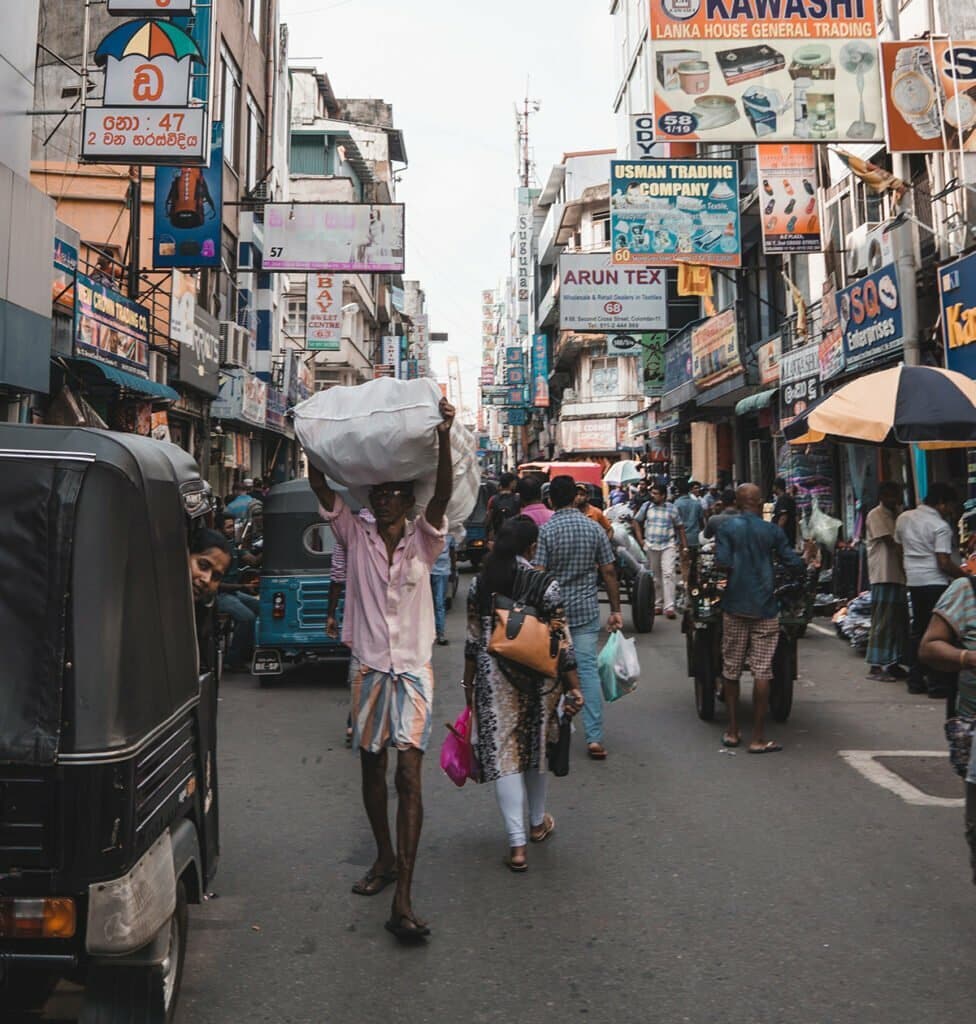
Compared with the past, it is however evident that the modern Sri Lankan individuals are tend to adapt to the western life styles than being more into cultural asserts.
The unique norms and representations identical to this tiny little island and the changes made over such life styles are therefore very much into the change of Community Life in Sri Lanka.

Social and Family Life
Sri Lanka holds a top place for its shared hospitality among the people in it as well as over the strangers they meet. Family is considered the top most level in the social hierarchy and the bond between family members is very strong.
The children in families are kept under the orders directed by their parents and this happens mostly until they marry and get separated from the families. Male dominance is much visible in most of the families, though the modern families are getting away from this concept with the involvement of the independent women concept through education and professional sector.
Assurance and all other facilities are provided to the children by their parents and a payback of reassurance is mostly expected by most of the parents when they get old. Thus, the family is consisted of not only the parents and children themselves, but the grand parents also live together in harmony.
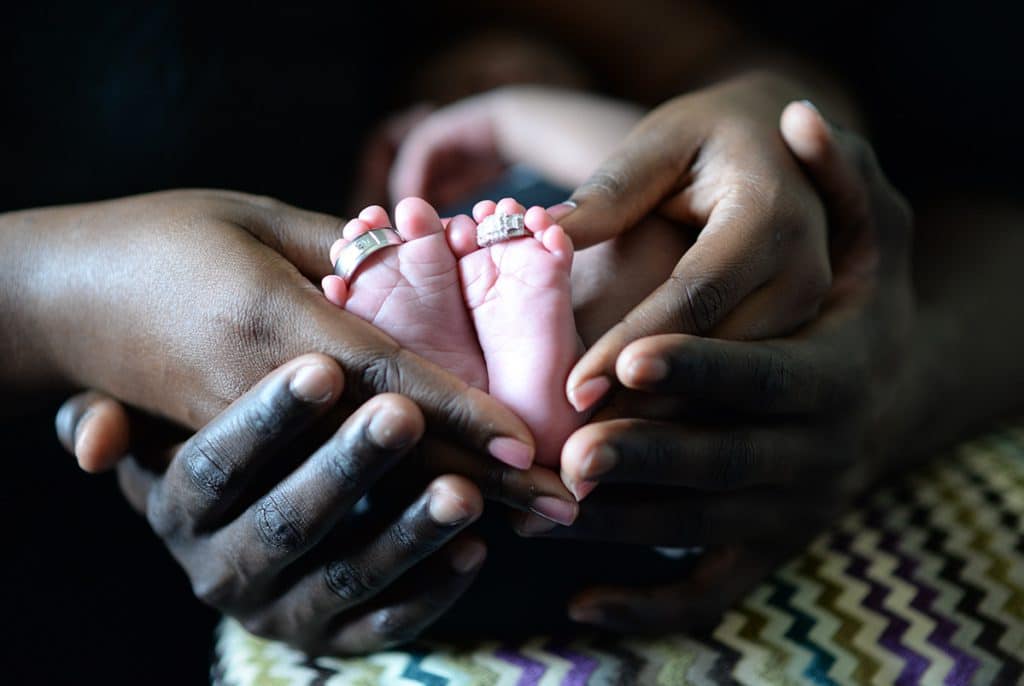
The behavior of every individual in the society is normally monitored with social norms and expected perspectives.
The patterns of living are acculturated with long prevailed traditions and etiquette’s. Commenced with the family, the hierarchy composes a multi-ethnic society who shares love and care among everyone.
The relations and neighbors of each individual are very close to each other and they tend to leave with mutual understanding. In any disaster, the society appreciates unity and they help each other to overcome the situation.
Culture, History, Traditions and Beliefs
It is believed that the Sinhala people who represent majority of the population were first established and settled in the country during third century B.C.E. and they were basically migrated from North-India, bringing their Indo-Aryan identity.
Origination of Sinhala and Tamil culture rooted with the arrival of prince ‘Vijaya’ from North India and his marriage with local ‘Yakkah princess; Kuwanna’ giving birth to two children named ‘Jeevahatta’ and ‘Disala’, stated the origination of ‘Veddah’ generation which prevails until now.
After the separation of prince Vijaya and princess Kuwanna, Vijaya got married to a princess sailed from South India and that mixed marriage gave birth to ‘Tamil Community’ in Sri Lanka. The history runs out in the mean way and that is how Sinhalese and Tamils were established in the country since a long time.
The modern community is somehow a multi-ethnic community where invaders and explorers from different countries had come and settled in the island bringing birth to children from their own religions and races. Thus, there are several minorities of races living inside the country adding highlights to the ethnic variety.

Traditions are basically implanted with races and religions. Since the majority of people believe in Buddhism, the greatest belief they have is the ‘reincarnation’ of the soul. Therefore the Buddhists are aware of all the merits and sins they do because they believe they will get the reaction of whatever they do in life.
Tamils mostly believe in Gods and they worship Hinduism with all the religious practices on a daily basis. Christians, Catholics, Islamic people as well as other religions do have their own ways of religious practices associated with their own religious institutions.
Regardless of certain events, all the races live peacefully with in the country because the world agrees that Sri Lankan’s are a nation that is very well established and appreciate equity among every individual. Sri Lanka when taken together is a powerful nation who has won many fights and invasions since a long time back.

Social Classes in the society
Although the cast system is not preliminary in the modern day society, it was a remarkable status of the social identity in the ancient society in Sri Lanka. History runs back to the early times where Sri Lankan’s adapted a caste system which is much similar to ‘jathi system’ practiced in South India. The caste system never depended on the wealth or property an individual has, but the professions their parents engaged in. The casteism was; therefore marked on the generations itself.
The ancient Sri Lanka was very much into the cast system and the marriages, occupations and even the names of the newborn were decided depending on the castes of the individuals. Basically there were three main categories of casts namely; the Kandyan castes, Southern castes, and the Tamil castes. In early times, the cross caste marriages weren’t found because the community was much into the caste system than any other which is not evident in the modern society.
The caste system faded its value when people tend to value relationships more than any name tags, but another dividing system then appeared based on the property value that an individual has. Here the social community was basically divided under five main categories. They are; the Upper Class, Upper Middle Class, Middle Class, Lower Middle Class, and the Lower Class.
Upper class community represents industrialists, businessmen, senior executives and serving government ministers. This community is considered the wealthiest in the land.
They are well educated and they make their children learn in English and mostly tend to send their children to overseas universities for higher education.
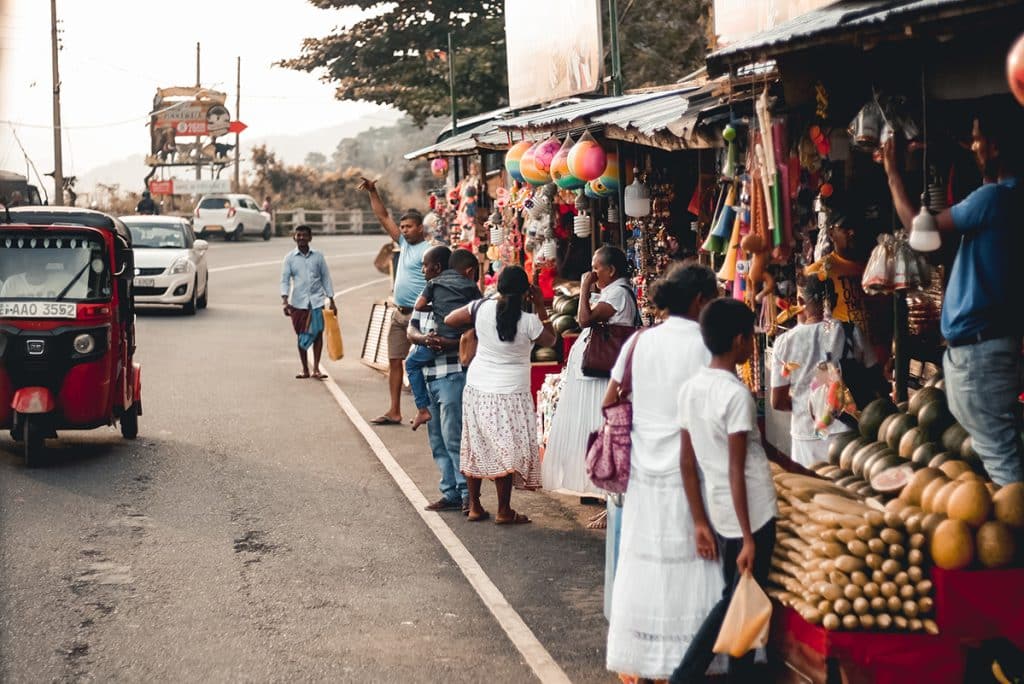
Upper middle class representatives are well educated people who are engaged in traditional jobs such as being lawyers, doctors, engineers, military officers, senior civil servants, managers, army officers, academics, senior civil servants and police officers, and merchants.
The middle class mostly include government workers such as university lecturers, teachers, and government department workers who manage small business such as retails business and service provided.
Lower middle class is the majority representation community in Sri Lanka, and the representatives are mostly the blue-collar jobs living satisfied.
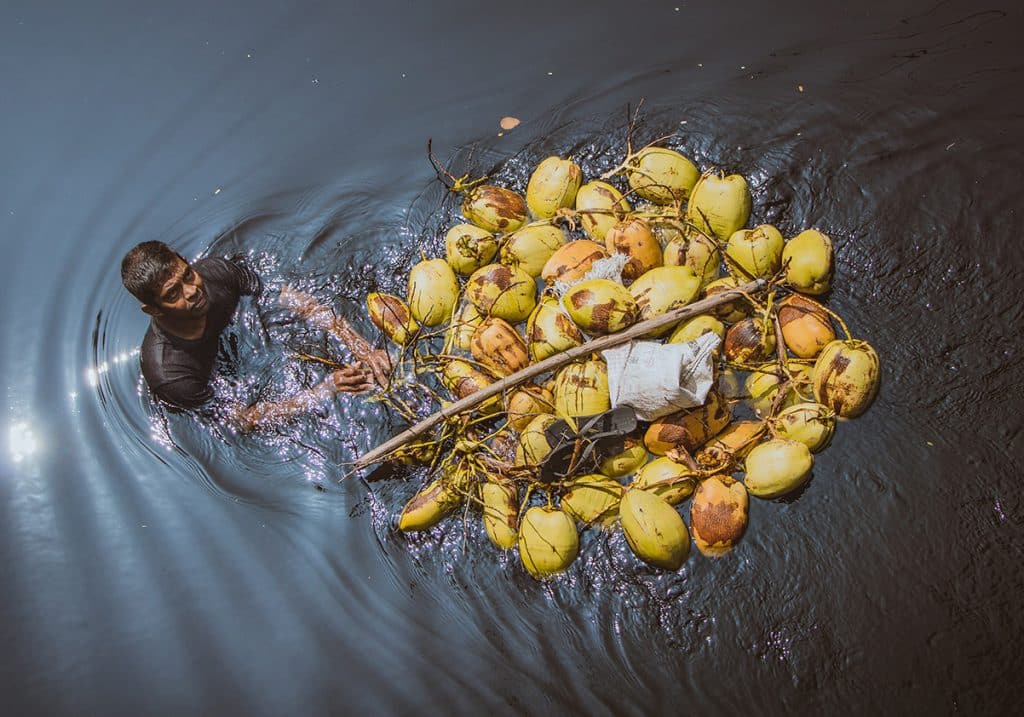
They are educated, not up to the university education. They tend to send their children to national schools and try hard to make their children get in to the state university education. Since Sri Lanka is still a third world developing country, there are many people who represent the Lower Class in the country. These people are typically being on low incomes and dependent on state benefits.
They reside mostly in the slums, shanty towns, and rural cities or may be in undeveloped cities. Although the modern world appreciates equity, developing countries like Sri Lanka still chases after the class level discrimination within the society.
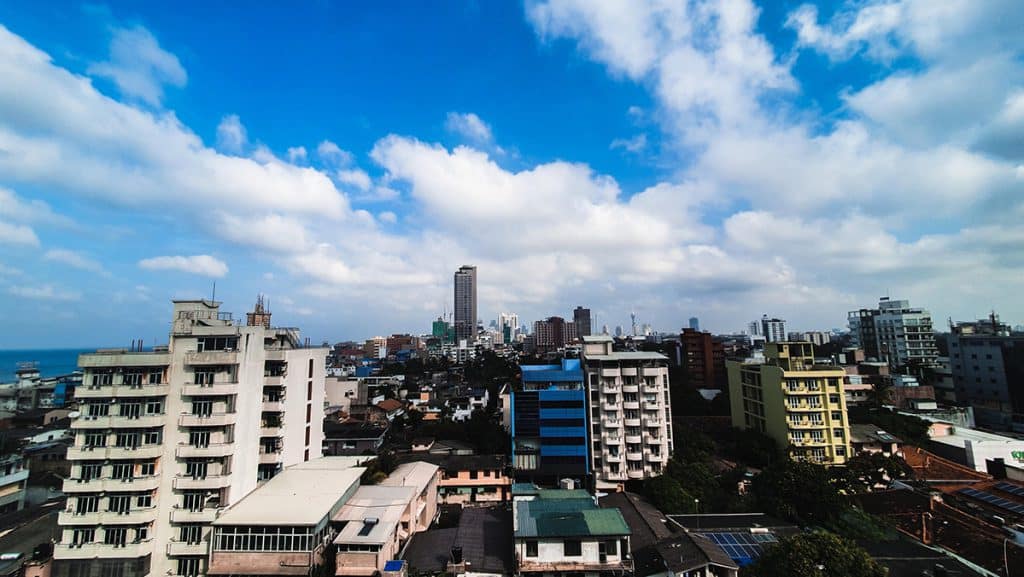
Social Conditions and Quality of Life
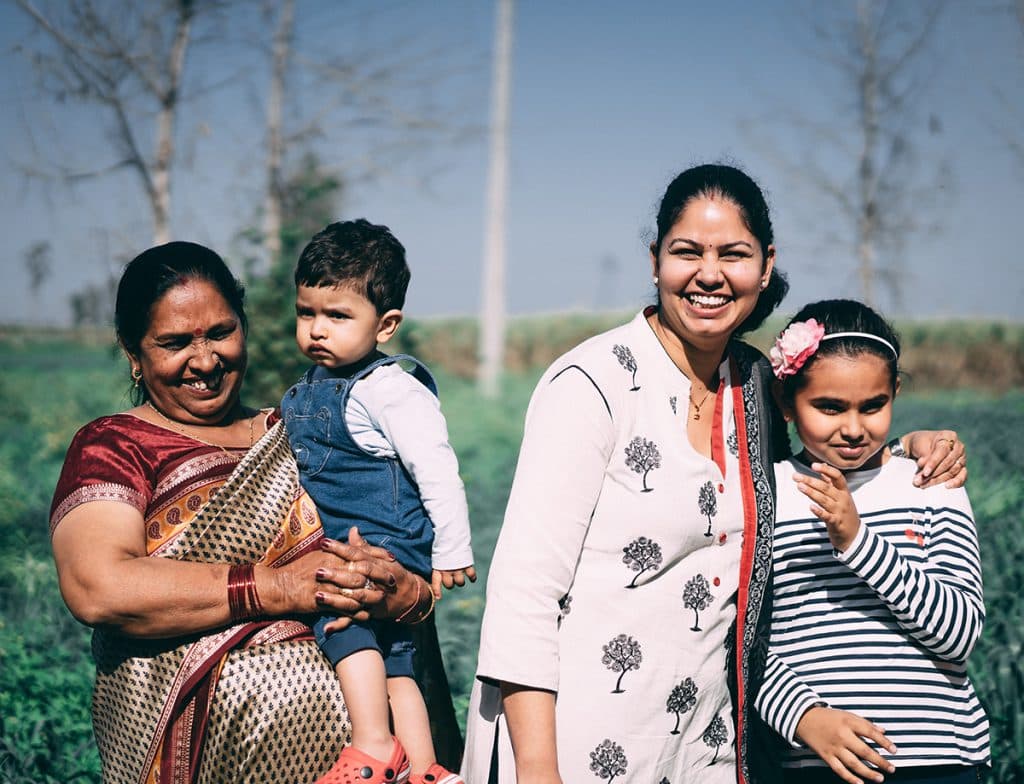
According to the Department of Census and Development, “Sri Lanka is far ahead of her South Asian neighbors in the accomplishment of human development goals”. The life expectancy at birth is 72 years at the moment which is very much close to the estimated lifespan in the developed countries.
The country represents a high literacy rate as well as a low mortality rate. Maternity is considered a god’s place in the country and maternal deaths are at a very low phase ensuring a top place among the other countries. Along with these, the steadily declining population growth reflects the country’s progress in the social and community life development.
The quality of life is mostly assured with the ensured educational policies, extensive health care programs and effective medical system equally divided among the nation. Thus Sri Lanka is truly a great place to live with a quality living environment and a favorable social-context around.
